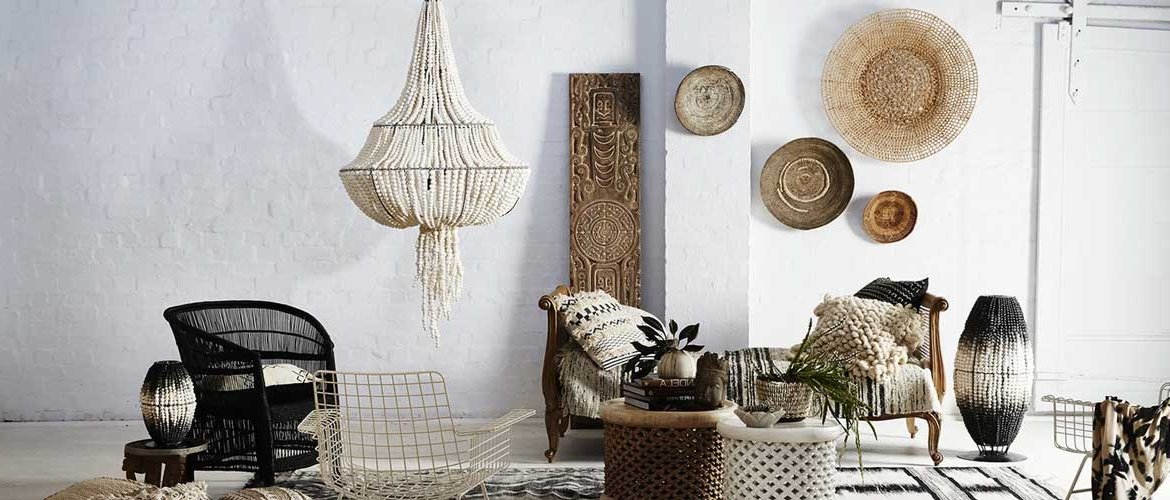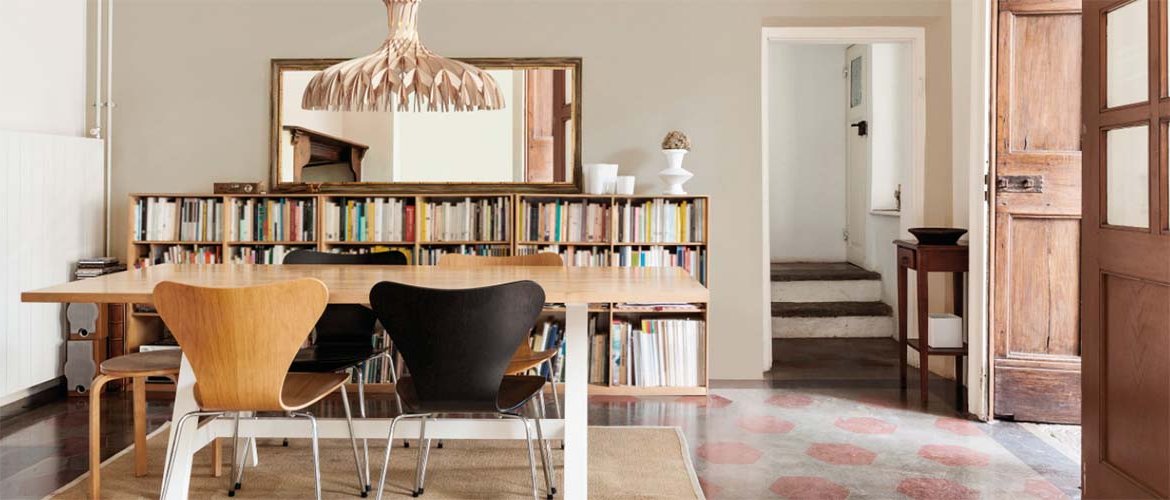Ecological materials for the kitchen
There is, or should be, no turning back in the quest for a sustainable planet. And it is not a question of putting the responsibility only on those who have to make the big decisions in this regard. From our place, each of us can contribute our own grain of sand with ecological materials for the kitchen, for example.
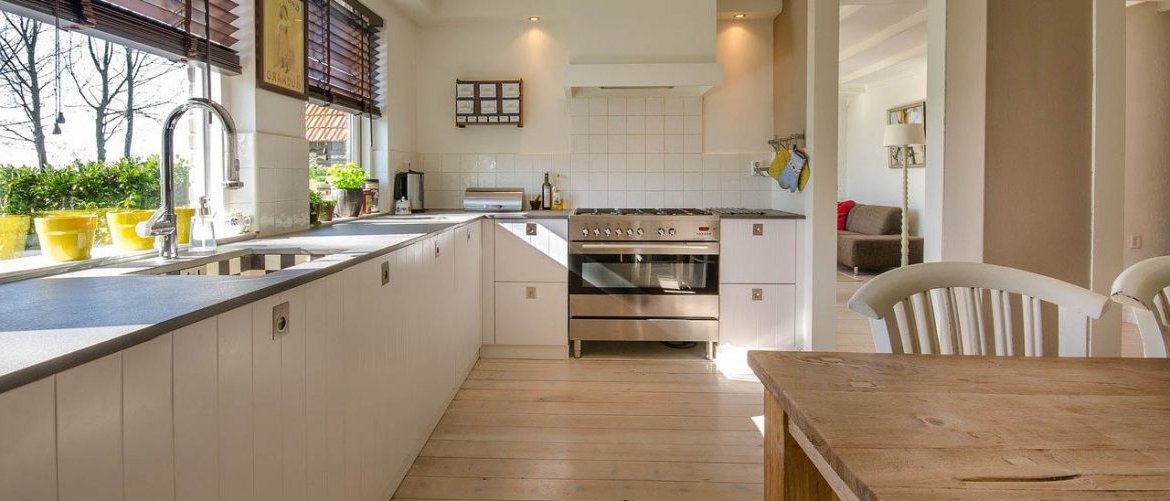
Natural stone, wood or cork cladding, for example, serve as environmentally friendly kitchen materials, not only for floors but also for walls.
In our eating habits, in the way we choose to move around cities but also in the construction and decoration of our home, we can do it in a more or less ecological way.
Today, we are going to focus on the ecological materials for the kitchen that we can choose and thus fill with green spirit the main room of the house.
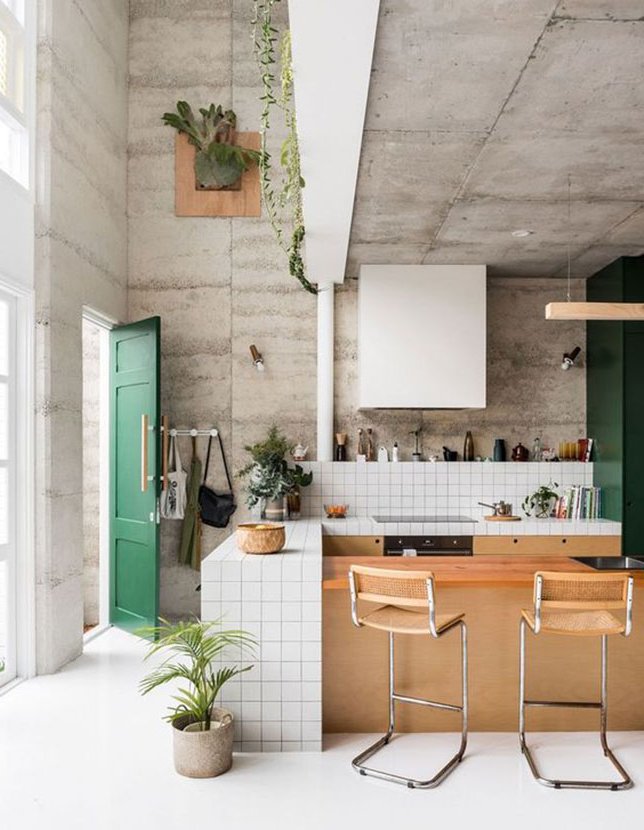
Whether you have to renovate or decorate it from scratch in a new housing project, we can start with the base, which is none other than the floor. There are several ecological materials that will serve us for this purpose, and some of them we have known for centuries, such as natural stone.
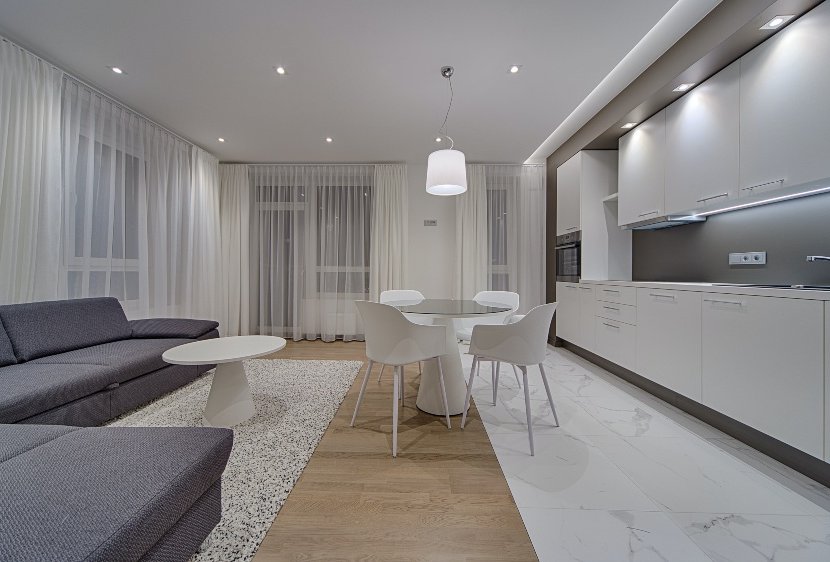
However, not just any stone will do. Make sure it comes from a supplier that respects the environment from which it is extracted. Otherwise, with this decorative element for the kitchen, we ensure durability, warmth and easy cleaning without sacrificing aesthetics.
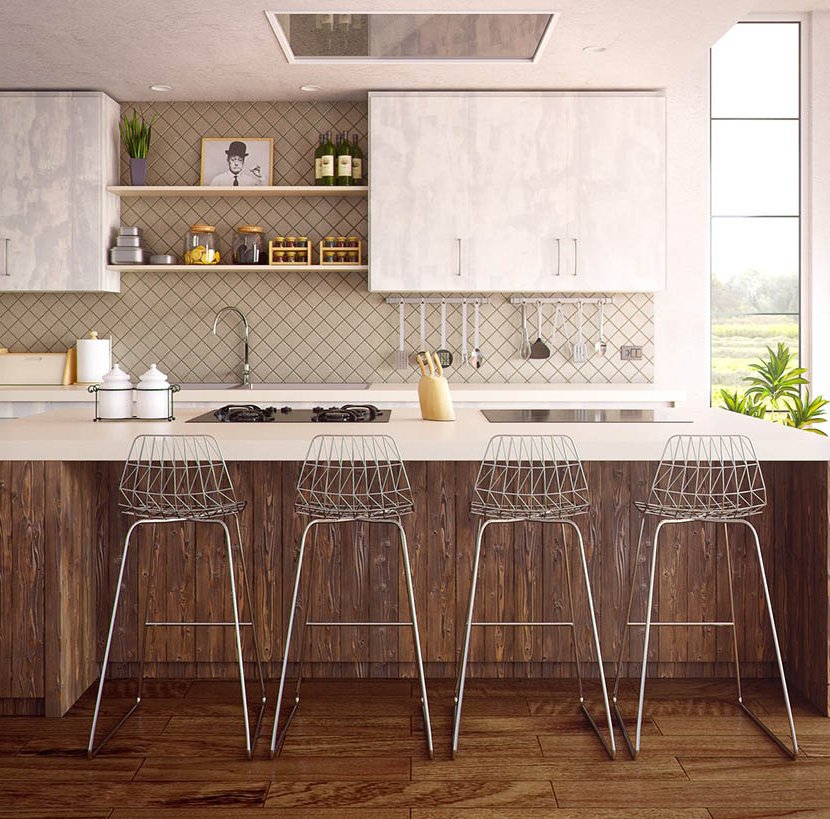
Although perhaps less conventional for a room like the kitchen, wood is another natural flooring option, as long as it does not come from endangered trees and its varnishes are non-toxic. It is an ideal alternative for those looking for a rustic, country kitchen.
For the most daring and innovative, there is today a very original, comfortable and resistant proposal such as cork flooring. This type of flooring for the kitchen has many qualities, such as its renewable origin, its warm and pleasant touch, the acoustics it gives to the spaces and its multiple finishing possibilities.
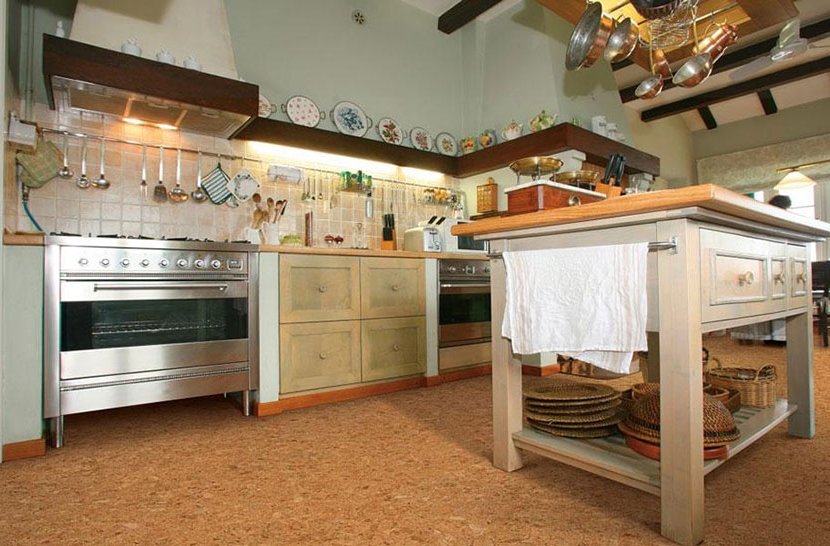
Little by little, by choosing the right ecological materials, we can build a sustainable space in one of the busiest places in the house.
Sustainable kitchens, green kitchens, bio-construction are key words that will help you in your search for materials, companies, designers and/or architects that work in a respectful and responsible way with the environment. Also to find your most ecological kitchen furniture.
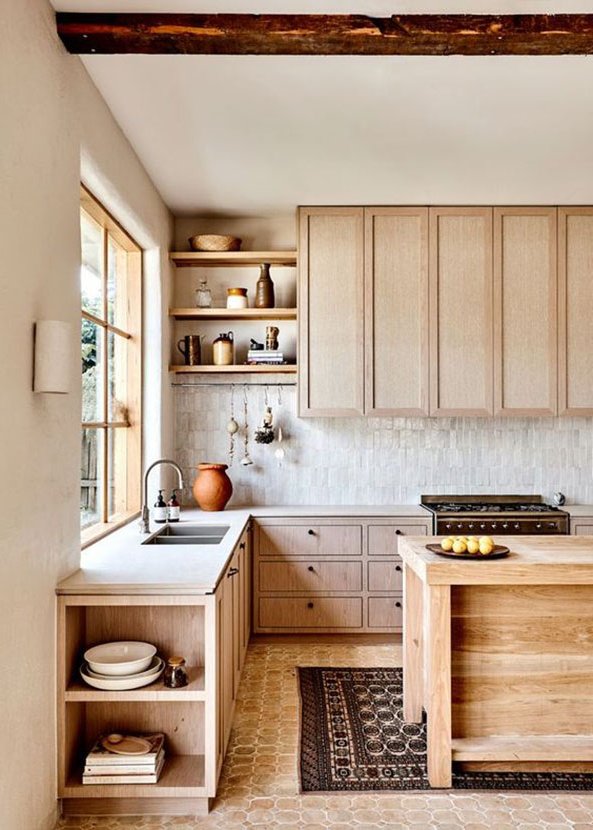
In this section, the material most recommended by experts is solid wood, bamboo or aluminum. The most important thing when deciding on one of them, beyond the aesthetic taste of each one, is that they are certified materials. In this sense, nowadays there are also lacquered boards that are certified for their quality.
This means that furniture is manufactured using environmentally friendly processes and has the least possible impact on the environment throughout its life cycle, from the time it is produced - wood extraction, water-based paint, etc. - until it is time to dispose of it.
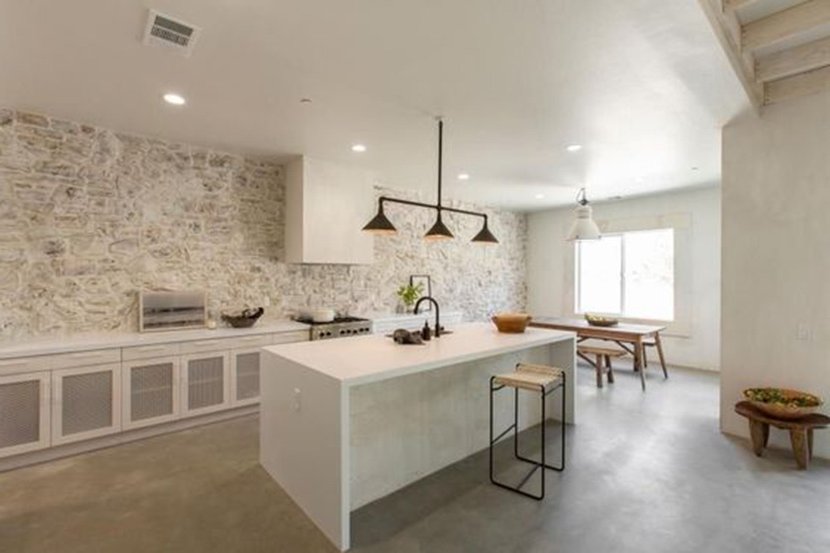
The three key words must always be present when thinking about ecological kitchens: reduce, reuse and recycle. Recycling is precisely what one of the most modern options in terms of countertops is based on. We are referring to what are known as solid surfaces, which are made from recycled elements and can also be used as cladding.
To be truly environmentally friendly, kitchen materials must respect the environment from extraction to shelf life.
As well as being ecological and attractive alternatives for kitchen cladding and furniture, natural woods such as pine and plants such as bamboo, or stones such as marble or granite are also valid when it comes to choosing sustainable countertops.
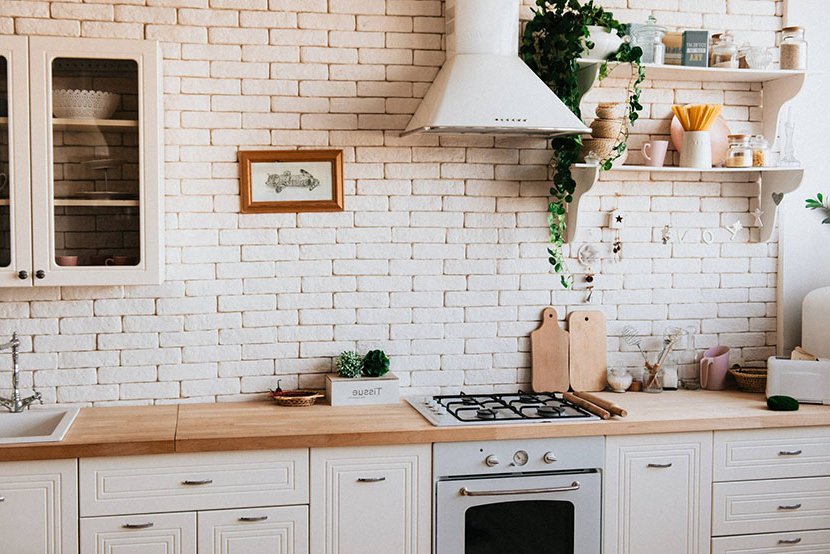
The coverings, furniture and countertops are the main elements of a kitchen and key when it comes to putting together an eco version. But do not forget other complements: efficient appliances, LED lights, lots of plants...


